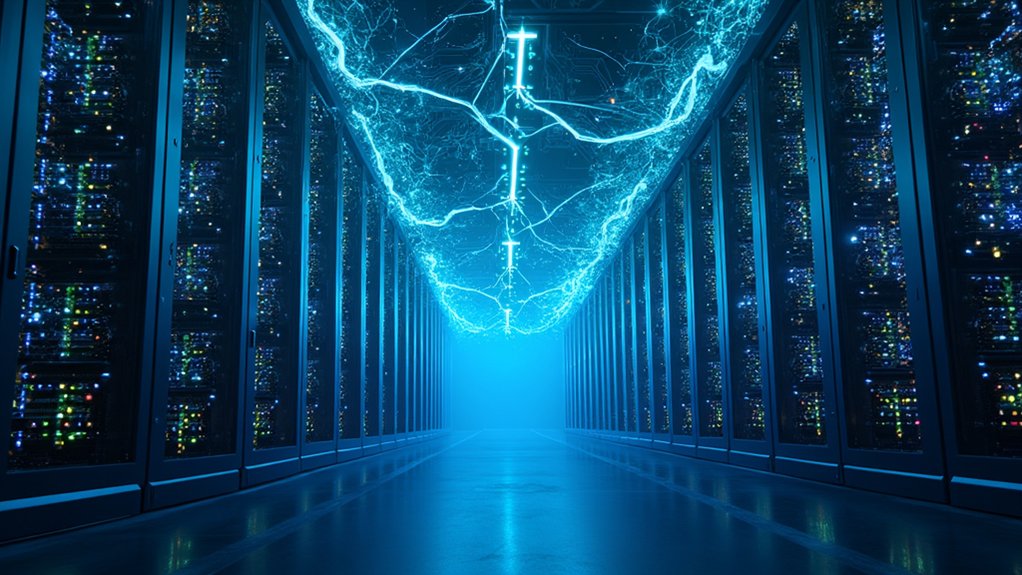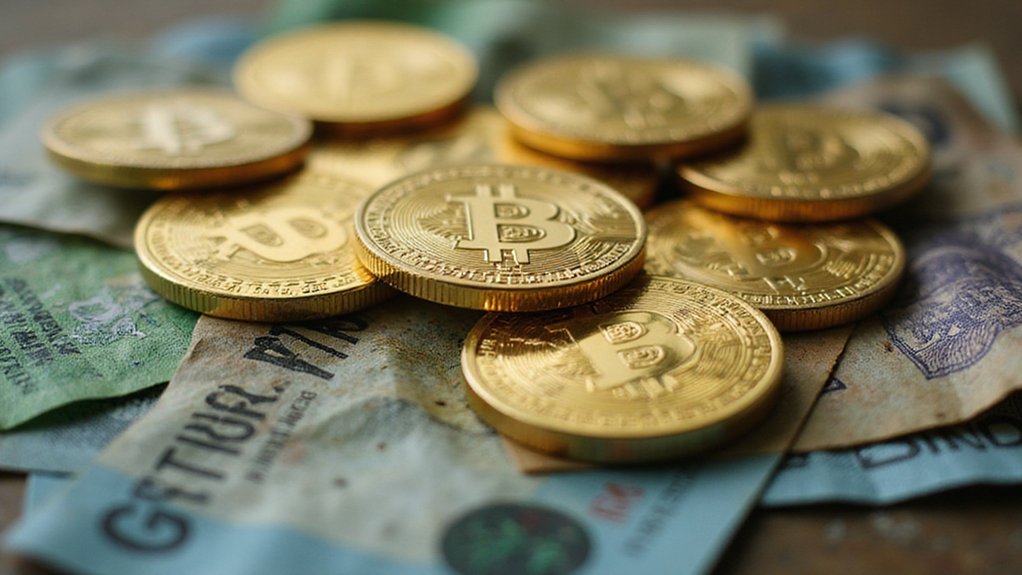While the cryptocurrency sector has weathered numerous boom-bust cycles that would make traditional markets blush, the emergence of artificial intelligence as a foundational infrastructure layer represents something altogether different—a convergence that has propelled the AI-crypto market capitalization to nearly $20 billion, quadrupling in just two years. This remarkable ascent reflects more than mere speculative fervor; it signals a fundamental reimagining of how financial systems might operate when machines become both the architects and operators of monetary infrastructure.
The transformation extends far beyond the typical blockchain enthusiasm. AI-enhanced smart contracts now automate complex processes with unprecedented sophistication, while machine learning models predict market trends with accuracy that would make traditional quantitative analysts wonder about their career prospects. These developments have attracted venture capital funding exceeding $7.5 billion in 2025—a figure that surpasses all of 2024’s investments and suggests institutional confidence in this technological marriage.
When machines outperform human analysts, we’re witnessing more than technological advancement—we’re observing the future claiming its territory.
Trading has evolved into something resembling algorithmic warfare, with AI-powered bots analyzing vast datasets through predictive modeling that transcends simple rule-based systems. These sophisticated mechanisms conduct DeFi risk assessments, predict on-chain behavior, and simulate tokenomics scenarios with granular precision. The convergence mirrors the broader DeFi evolution, where smart contracts have eliminated traditional intermediaries in lending, borrowing, and trading across public blockchains. The user base has nearly doubled in the first half of 2025 alone, driven by infrastructure that promises both efficiency and transparency through blockchain’s immutable ledger combined with AI’s analytical prowess.
Perhaps most intriguingly, the sector encompasses approximately 20 tokens, with TAO leading by circulating market cap—a relatively concentrated field that suggests either nascent development or natural consolidation around viable projects. Industry leaders increasingly advocate for decentralized AI architectures to prevent corporate or governmental control, recognizing that whoever controls the infrastructure ultimately shapes the ecosystem’s evolution. These decentralized networks like Ocean Protocol and SingularityNET enable developers to share and monetize AI models while maintaining the open ethos of blockchain technology.
The implications extend beyond cryptocurrency enthusiasts into broader financial markets, where institutional investors are awakening to transformative potential across blockchain and AI spheres. Experts predict Ethereum and Bitcoin will emerge as primary beneficiaries, while stablecoin advancements and autonomous systems coordination through decentralized governance mechanisms continue developing. Stablecoins could become foundational tools for AI agents requiring fast, borderless payments for microtransactions across global networks.
Whether this represents genuine innovation or elaborate technological theater remains the trillion-dollar question that will define the next decade of digital finance.





